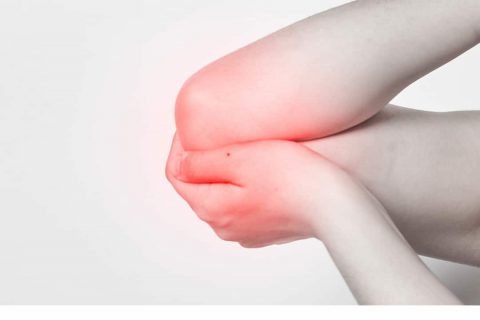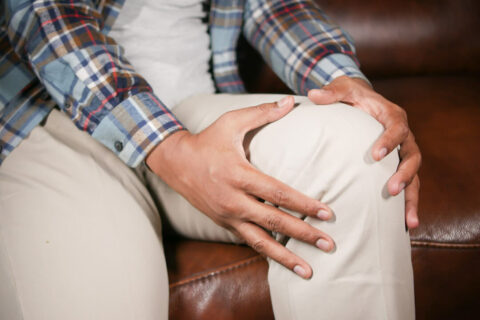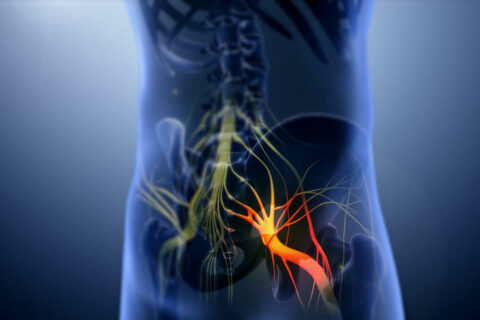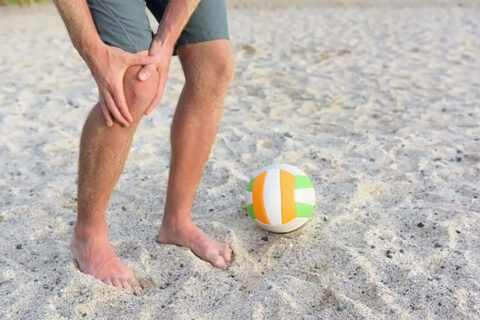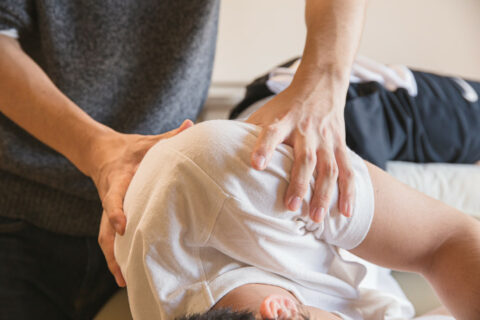Osteopathic Techniques – Functional Technique

Some Osteopathic techniques can be a bit of a mystery to patients. They understand massage and stretching but the more subtle techniques can be puzzling. I know that often my patients when asked about their treatment tell their friends that they don’t know what I do but it works!
Some Osteopathic techniques are so subtle that it feels to the patient as if nothing is happening. As such, I thought I would write a short series of blogs to try and explain what these techniques are doing.
One such technique is called “Functional” technique developed by the American Osteopath Dr Harold Hoover around the 1940’s. Hoover’s approach was to try and systemise what Osteopaths had been doing in practice for some time and try to get some sort of explanation for what they were doing and why it worked. The technique involved slow small controlled movements with no quick moves.
Dr Hoover was mainly concerned with how joints responded to movement. In other words he was more interested in the quality of movement rather than how far a joint could move. This was eventually termed the ease and bind of a joint. For example, some mornings you get out of bed and move well and smoothly, while other mornings you may get out of bed and feel stiff and sore. Both times you are moving the same but the quality of your movement is different. The quality of movement is either stiff or easy. In a similar manner functional techniques are designed to give the Osteopath a sense of how well or how stiffly an area is moving.
Sometime later Osteopaths helped develop this model by linking the knowledge in the fields of cybernetics and biological systems theory to body movement. Joints in the body and their associated parts were considered to be mobile segments within a mobile system, the system being the body. Put simply, this theory states that all the various movements in the body are controlled by higher centres in the brain and spinal column which, in turn, depend on feedback from the joints to tell the brain how well they were moving. However, the brain can only control movement well if it is aware that an area is moving. Once the joint performs badly its feedback to the brain is changed, it is as if the brain has a blind spot and cannot “see” what is happening at the joint . For instance, one vertebral area could be “out of step” with another one in the back binding up and causing pain every time a person bent forward. The vertebra was not “out of place”, or “reduced in range of movement” just not functioning as it should. Once functional technique is applied the normal feedback mechanisms are restored to the brain and it starts to bring the segment back in line with normal movement thus improving movement and easing pain
The amount of movement involved in testing a joint for this type of feedback is very small, the joint is moved only enough to feel a response in the tissues, so in some cases it would be less that a millimetre. Just as a body can bend forward and backward and to each side and twist around, so an individual joint can do the same thing but on a much smaller scale. So an Osteopath will test each of these movement in a joint and ascertain how well the joint responds to the induced movement. After these movements have been stacked up, one after the other, the Osteopath will hold the joint until a sense of release around the tissues of the joint is felt, this is the completion of the technique and means that movement has been restored – and that’s Functional technique.
An even simpler way of thinking about this is that the Osteopath is telling joint to stop slacking off and become a team player.
So hopefully next time an Osteopath holds your knee, instead of saying, “what are you doing!” you can ask “are you doing functional technique?”.

